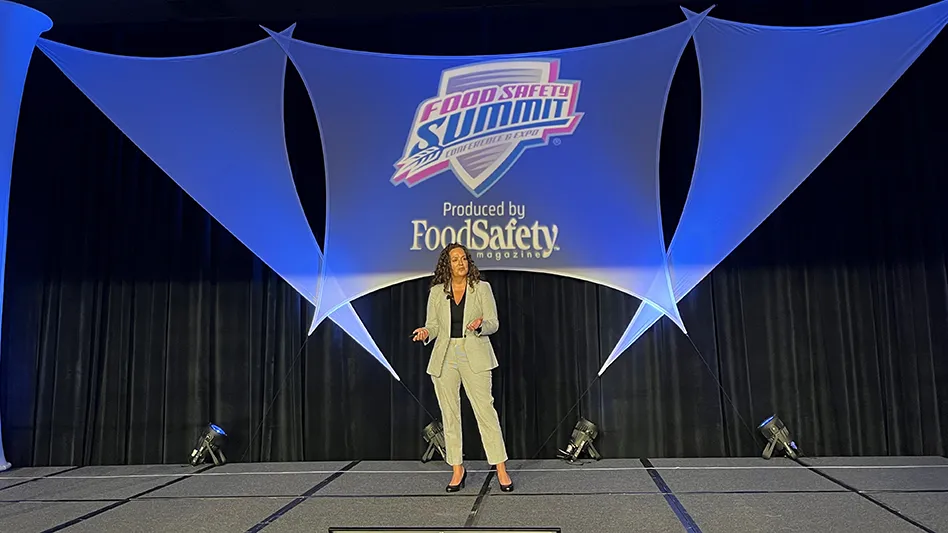

Fogging can play a vital role in your Integrated Pest Management (IPM) program, assisting in the establishment of a solid foundation of hygiene, exclusion, monitoring, and specific control methods. While fogging is not a magical solution, it is a powerful tool that can be highly effective when used appropriately. It can help customers meet audit requirements, allowing them time to implement significant changes and improve education and sanitation protocols for long-term insect control throughout their facilities.
There are two key reasons why you should consider fogging as a tool to control pests like German cockroaches. First, when providing new services, it is essential to understand the methods used by the previous company to treat the infestation and offer alternative solutions to the client. If previous treatments have proven ineffective and quick results are required, fogging is an excellent option. Second, fogging is ideal for a current account where control has been challenging. Simply repeating the same treatments as before may not always yield successful outcomes.
Before fogging, carefully read the label instructions and personal protective equipment (PPE) requirements for the product you intend to use. Calculate the volume of the treatment area (length by width by height) to determine the necessary quantity of product. Assess the amount of time required to treat each area. Use the delivery rate of equipment and volume of space to determine if the selected equipment is suitable for the job you want to do. Small foggers in large spaces will significantly lengthen application times, likely resulting in underdosing because the product can’t stay suspended long enough as you move from one end of the treatment area to the other.
One area where employing a ULV fogger is ideal is in drop ceilings. It is vital to ensure that the entire treatment area is properly sealed off and that your customer does not share a drop ceiling with another facility before fogging. When using oil-based products, remember to turn off pilot lights, ventilation fans, and blowers. Store or remove food and utensils from the treatment area and cover food-handling surfaces involved. Additionally, close and lock doors and windows to prevent employees from unintentionally entering the treated area.
Before a general space spray, direct the fog into corners, under pallets, racking, and underneath stored items to force the cockroaches out into the open and ensure contact. Apply a general space spray throughout the entire structure using a side-to-side motion, gradually backing up towards the exit door.
After treatment, ensure proper ventilation by opening windows and doors, turning on fans and HVAC systems, and adhering to the re-entry period specified on the product label. Discuss with the customer the necessity of thoroughly cleaning all exposed food handling areas and walkways. Make sure to choose fogging products that have long-lasting control, like Shockwave® Fogging Concentrate, which provides six months of residual for cockroaches and three months residual of stored products pests. By including NyGuard® IGR, Shockwave works to break the life cycle of listed insects like the naturally occurring insect growth hormones that interfere with insect growth and development. Shockwave saves time by providing flushing, rapid knockdown, and long-lasting control of various pests, including cockroaches, stored product pests, and more.

Explore the November December 2023 Issue
Check out more from this issue and find you next story to read.
Latest from Quality Assurance & Food Safety
- FDA Issues Update on Post-Market Assessment of Tara Flour
- ASI Announces Training Partnership with Rootwurks
- Nfinite Nanotech Closes $6.5 Million Seed Financing to Create Flexible Food Packaging with Nanotechnology
- University of Pretoria Food Science Student Wins IFT and PepsiCo’s Academic and Travel Undergraduate Hybrid Scholarship
- Kraft Natural Cheese and Shawn Johnson East Celebrate Launch of Kraft Signature Shreds
- Natural Sourcing International Announces Voluntary Recall of Black Chia Seeds
- PTNPA's DC Fly-In Connects Members with Policymakers
- Breck Partners Acquires NPX One





